Whether you believe such talk is alarmist nonsense, or you are one of the 15 per cent of people who believe the world will end in their lifetime, or the one in nine Britons who have plans for a zombie apocalypse, it’s instructive to imagine how we might all respond to a profound global crisis.
Our guide to surviving an apocalypse in the UK, including where to go and how to survive.
What would be the best way to survive, protect your own, and give them the best possible start in the ashes of the old world? First, a few ground rules.

The Apocalypse
Let’s assume the apocalypse, in our thought experiment, isn’t quite the worst case scenario, at least for the UK. In other words, a circumstance that is world-changing but survivable by a lucky few – with some canny decision-making and swift action.
So rule out an Earth-shattering cosmic collision – as in the BBC’s Hard Sun.
And rule out nuclear attack in Europe. (Though if this is your concern, read the official Government advice.)
Instead, let’s imagine that the Fall is brought about one or more of the other potential disasters currently troubling the world: total economic meltdown, catastrophic computer viruses, cyber-warfare, hot warfare, climate change, an avian flu pandemic.
Bottom line: imagine a sudden and dire global shortage of resources, including food and fuel; a collapse in law and order.
Where to go to survive the apocalypse
If you’ve been wondering what all this has to do with the countryside, here’s the thing. Once the trouble starts, the countryside will be the future – for everyone.
That’s because in a global apocalypse scenario – as opposed to a mere catastrophe – cities will rapidly become death traps. Most food will quickly disappear from shelves, and fuel will run dry. Medicines will be snapped up. Law and order will collapse as desperate people wrest what supplies they can from each other.
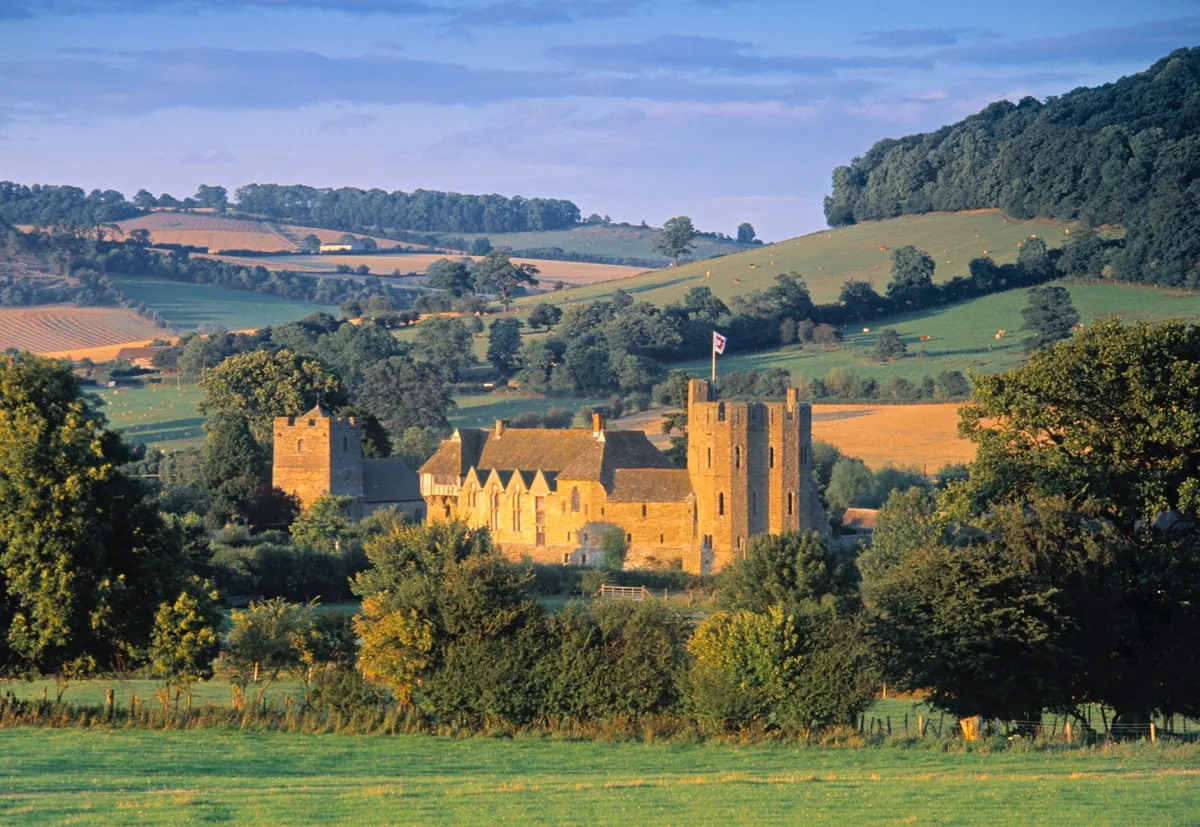
Come and get me
The regrettable truth is that pretty soon, the greatest danger to you will be the millions of other survivors who will soon be combing the countryside for food, desperate enough to do anything to get it. For this reason, farms will, sadly, be a honeypot for hungry raiders looking for food and weapons.
Some of those with the luck or foresight to have access to supplies will no doubt flee to the strongholds: castles and forts. The snag with this is that your place of safety may suddenly be your trap. You might as well pull up a flag saying: ‘here I am! I got the good stuff. Come and blast me out if you think you can.’
If that’s your strategy, you better hope you don’t get a visit from well-equipped raiders.
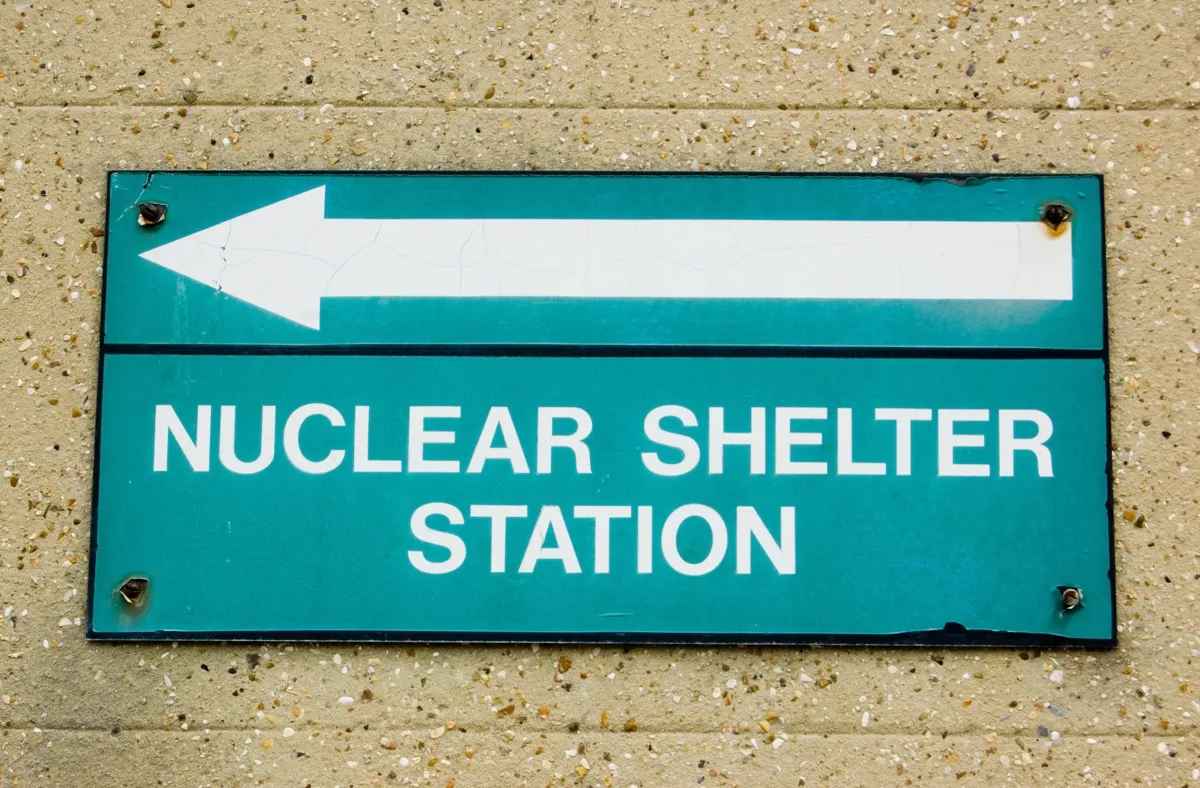
Run and hide
So my tip would be to look for somewhere hidden from view.
There are lots of ‘smart’ hiding places: government shelters, MoD silos and so on. But in the age of the internet, the savviest survivalists are fully aware of the once-secret bunkers out there. Choose a nuclear shelter, for example, and you’ll be up against all the paranoid warrior-geeks who will no doubt make a beeline for them, too. And you definitely don’t want to pick a fight with them.
Ideally, your hiding place is also defensible, so that once you are discovered, you can repel attacks – and even slip away to safety if all else fails.
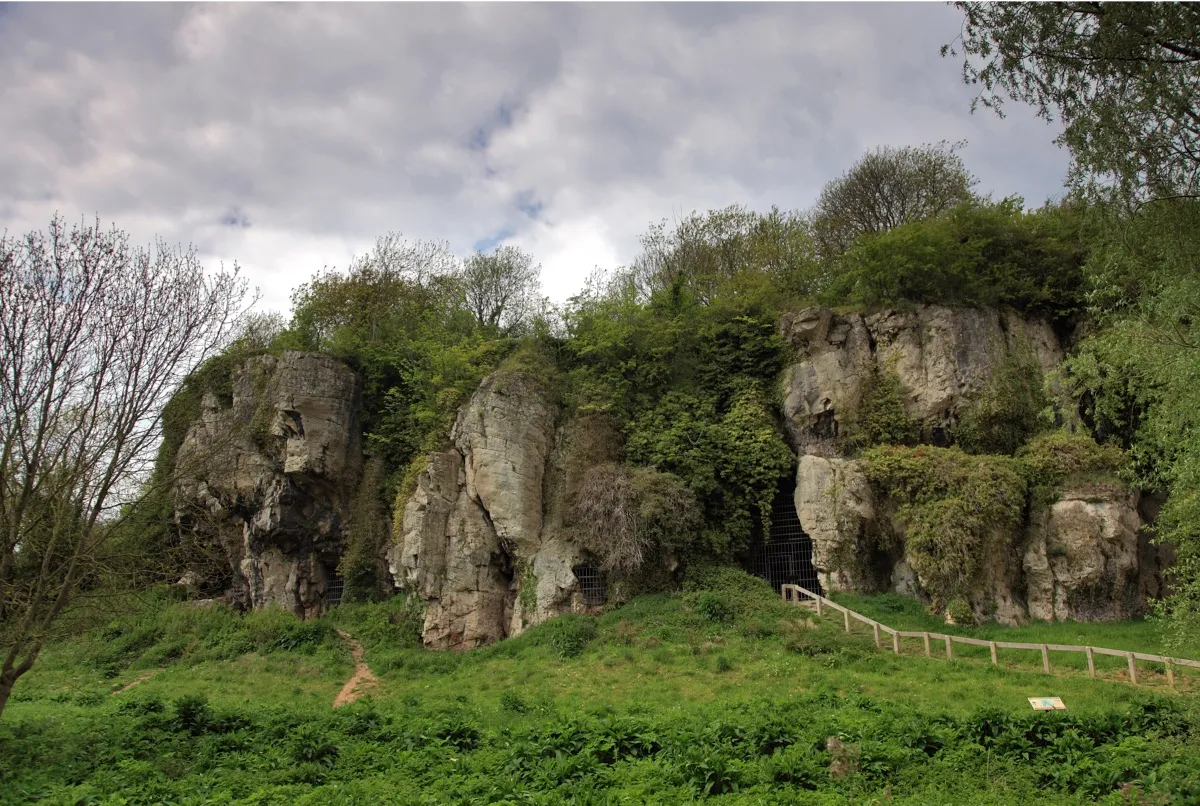
That’s what makes cave systems so ideal. They blend right into the landscape, and many are labyrinths from which you can escape, if attacked.
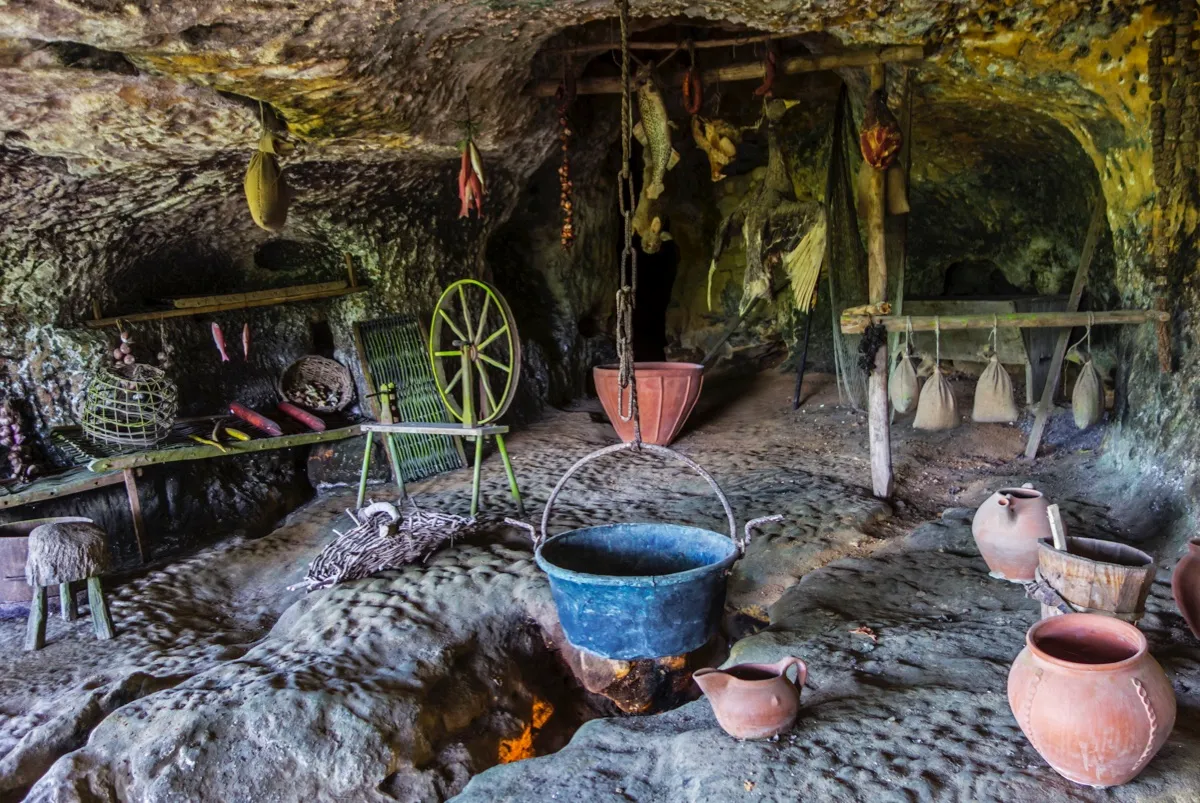
Ok, they may not be your idea of luxury, but no one ever said the apocalypse would be a picnic, folks.

Love thy neighbour
Wherever you are going, take something that the locals will value highly. Otherwise, why should they put up with yet more mouths to feed? Bear in mind that perceptions of value may alter radically; and that a bottle medicine or a can of petrol may soon be worth more than a boot-load of diamonds.
Bear in mind though that once ensconced in your hidden stronghold, your best defence from local security threats may well be cooperation. Have the wherewithal to stand up to bullies, but be prepared to share your precious resources – within reason – with the people of your chosen area, for your mutual benefit.
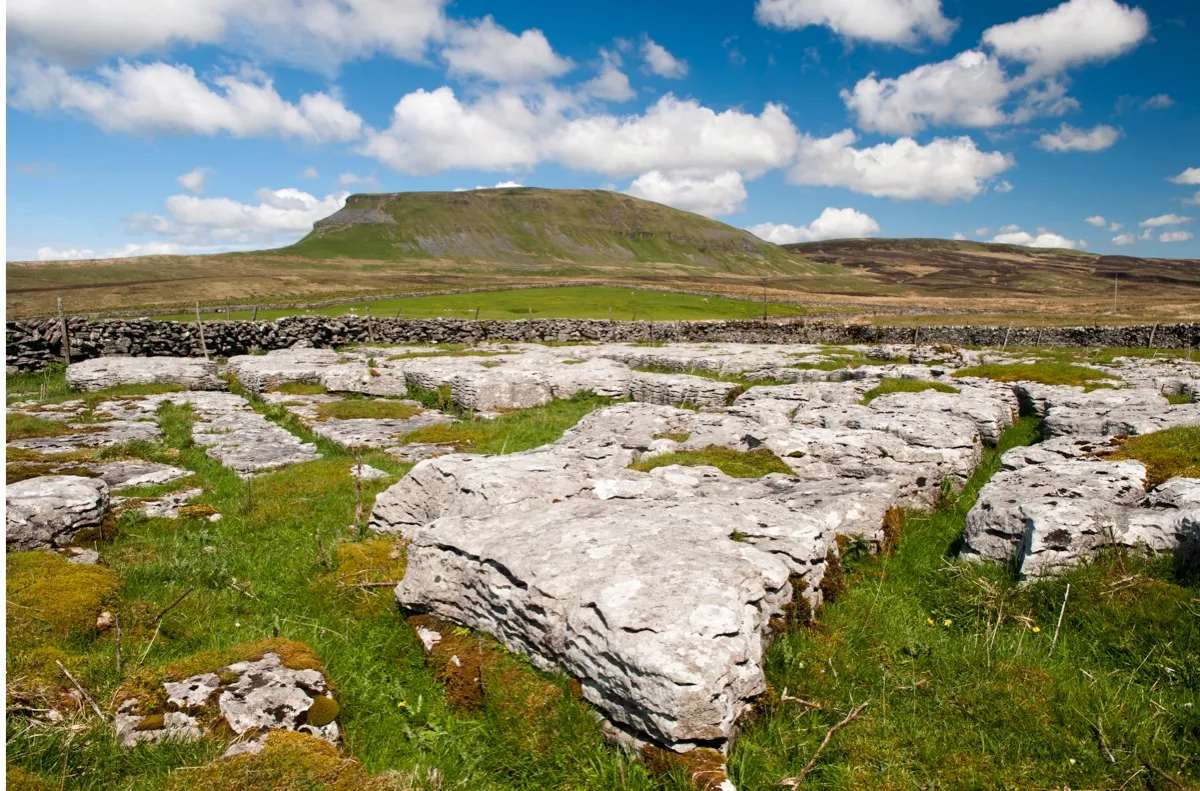
Vital resources
Apart from a concealed shelter, the diagram above outlines some of the resources you’ll want to have at hand in your enclave: timber, running water, farmland. Perhaps the most useful mineral resource is limestone or chalk – which contain calcium carbonate. This incredibly versatile substance, and its derivatives – include quicklime and slaked lime – have umpteen useful applications, from soil improver, to glassmaking, smelting iron and making concrete.
If we ever succeed in rebooting civilisation after the Apocalypse, it will be thanks to materials such as these – and the bravery and ingenuity of people like you.
Real UK hideouts
Now we’ve thought about the ideal refuge from the Apocalypse, what about the real world? There follow nine places around the UK, nominated by outdoor writers, scientists – and an ex-soldier.
Marble Arch Caves, Fermanagh
From: Belfast 90 miles, Omagh 38
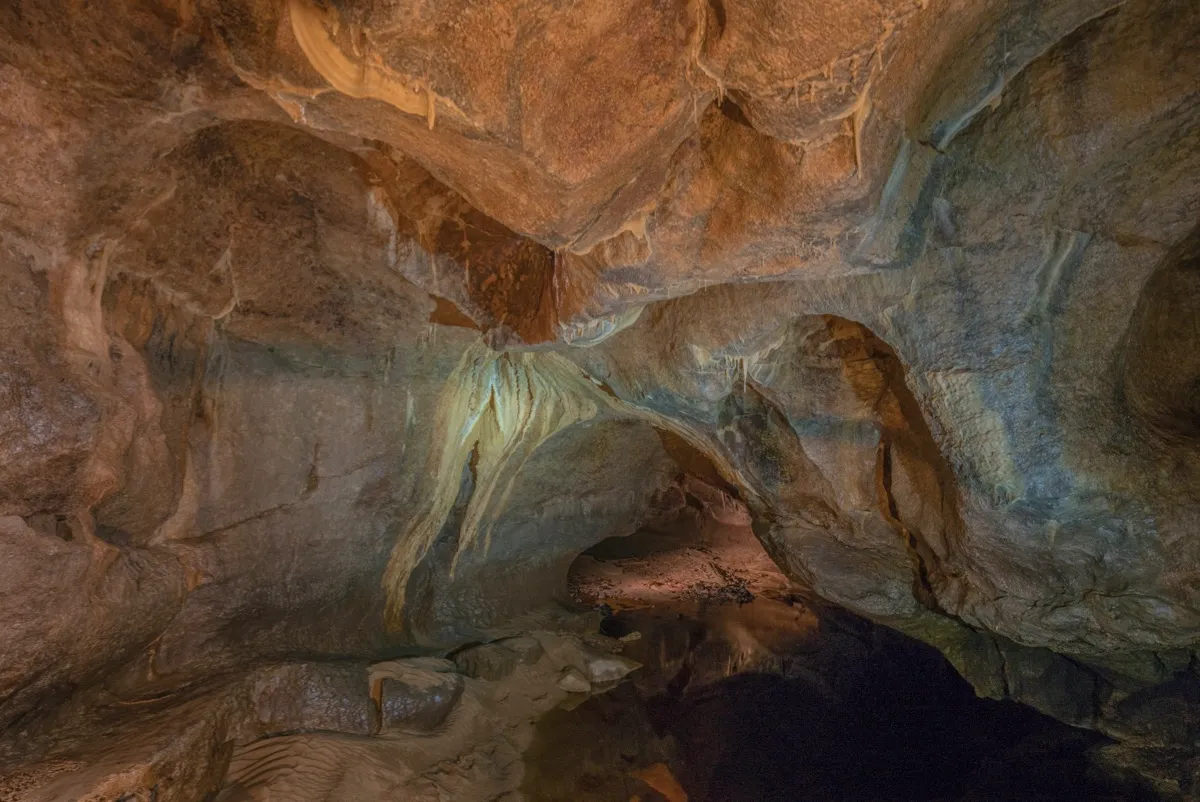
Caught in Northern Ireland as the apocalypse unfolds, I would head to one place: the Marble Arch Caves. 'Too obvious!' you might protest – but hundreds of caves pepper the underworld of this region, so even if the famous show cave was full, I know others that wouldn't be. I'd chose a cave with a river running through it as a water supply, yet with dry caverns, too, for comfort. The surrounding countryside is a mixture of farmland and woodland, providing access to any remaining crops and livestock, but with hunting opportunities in the forest too, along with that all-important supply of firewood.
by Helen Fairbairn, Outdoor writer
• Prepare and survive: Visit the Marble Arch Caves Geopark
Osea Island, Essex
From: Central London 55 miles
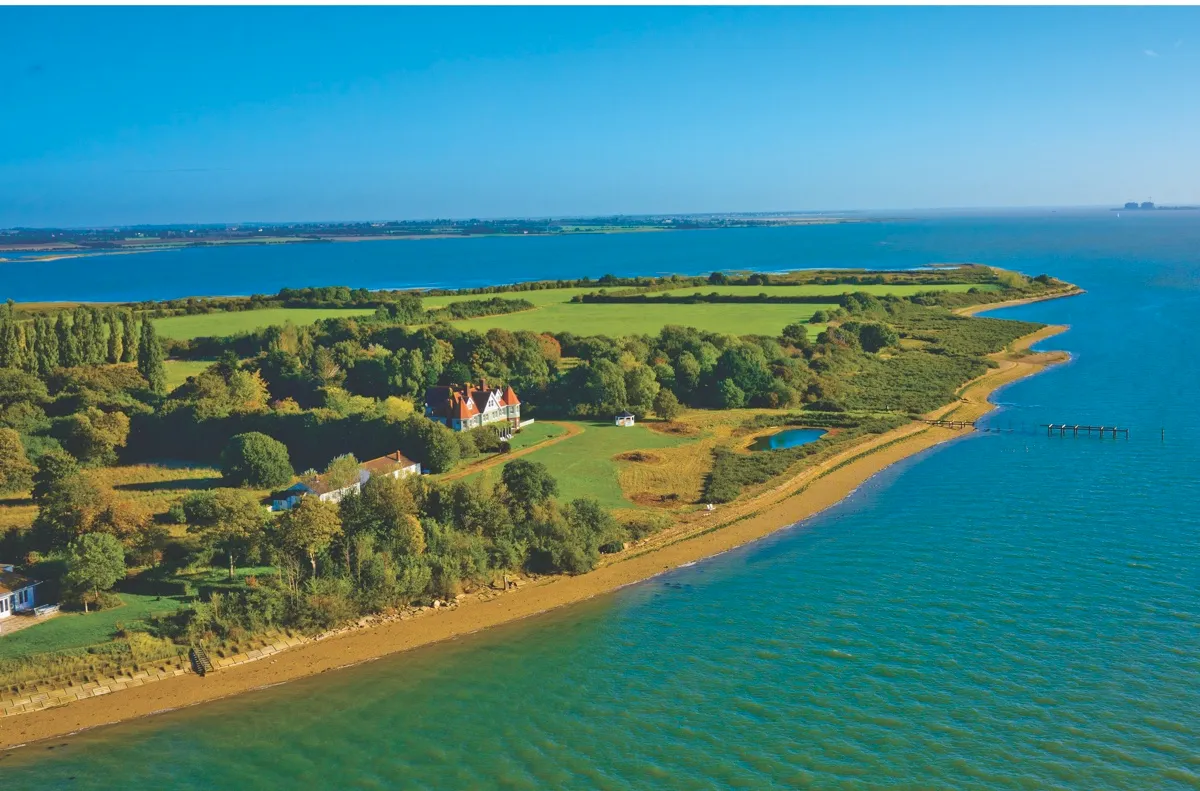
The British Army teaches defence with the mnemonic DAMROD – Depth, All Round Defence, Mutual Support, Reserves, Offensive Spirit and Deception. Survival after the apocalypse won’t entail exactly the same considerations, but security would be paramount and these principles are a useful starting point.
The tidal estuary of the River Blackwater provides defence in depth, and the surviving communities of the islands in the area could support each other. There are plentiful resources: on Osea Island the small collection of homes could comfortably house around 150, and there are suitable conditions to grow fruit and vegetables and keep some livestock. Nearby Mersea is famous for its seafood. Essential arms for defending the island could be found at nearby Colchester Garrison and boats from surrounding marinas could be used for foraging parties, sailing around the coast and even into the ruins of London; and, if required, as escape vessels.
by Patrick Hennessy, Barrister and ex-soldier
• Prepare and survive: Osea is a private island, but visitors can research the survival potential of the island during a stay in the holiday homes there.
Dartmoor prison
From: Bristol is 111 miles from Dartmoor prison
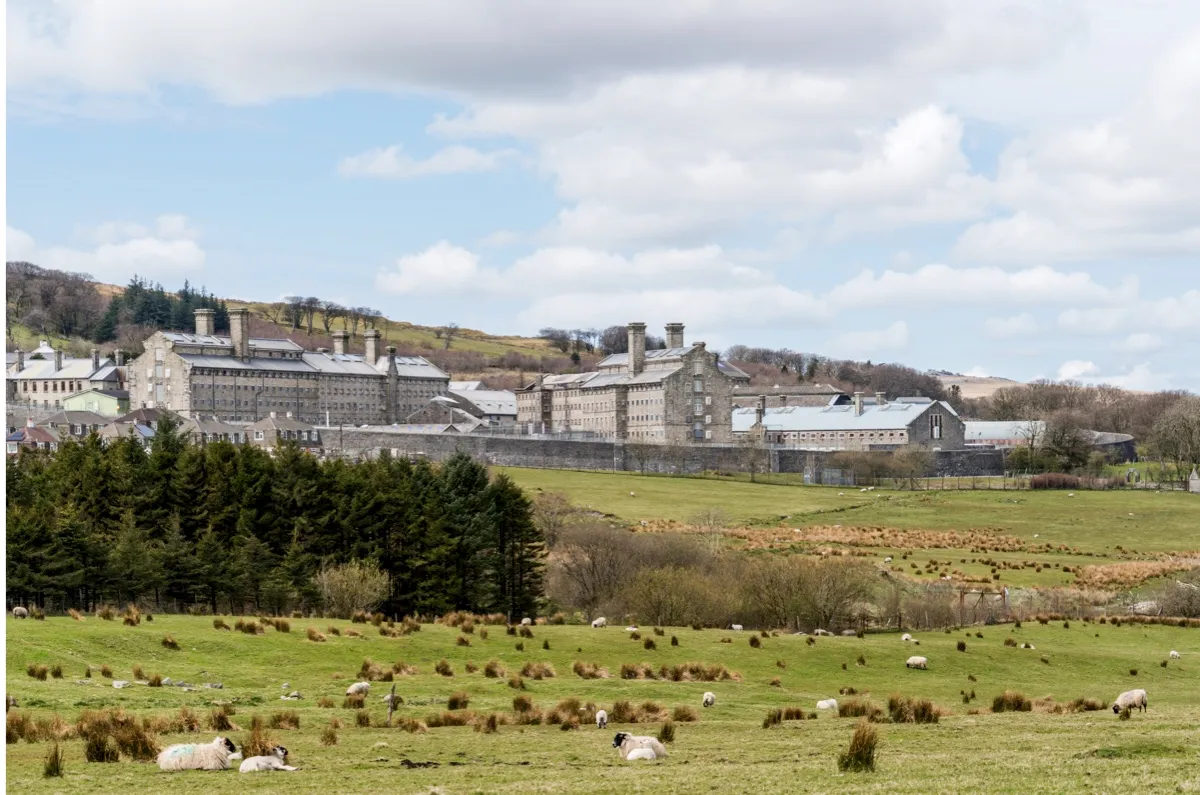
There’s a lot to be said for trying to hide yourselves away in as remote a spot as possible – but I think your community of survivors would be far better off finding a secure, easily defensible location before other groups have the same idea. One of the safest places might, ironically, be a prison. You’d have a self-contained compound with high walls, sturdy gates and watch towers – originally intended to prevent the inhabitants from escaping but equally effective as a defensive refuge for keeping others out.
Dartmoor Prison for example, is set in farmland. Perhaps even better, Shepton Mallet Prison was closed in 2013 so you wouldn’t need to worry about existing occupants. You could tear up the courtyard to grow vegetables, raise other crops in the surrounding fields, and harvest firewood.
• Prepare and survive: Check out the survival potential of Shepton Mallet Prison in Somerset.
Trefor, Gwynedd
From: Liverpool 90 miles
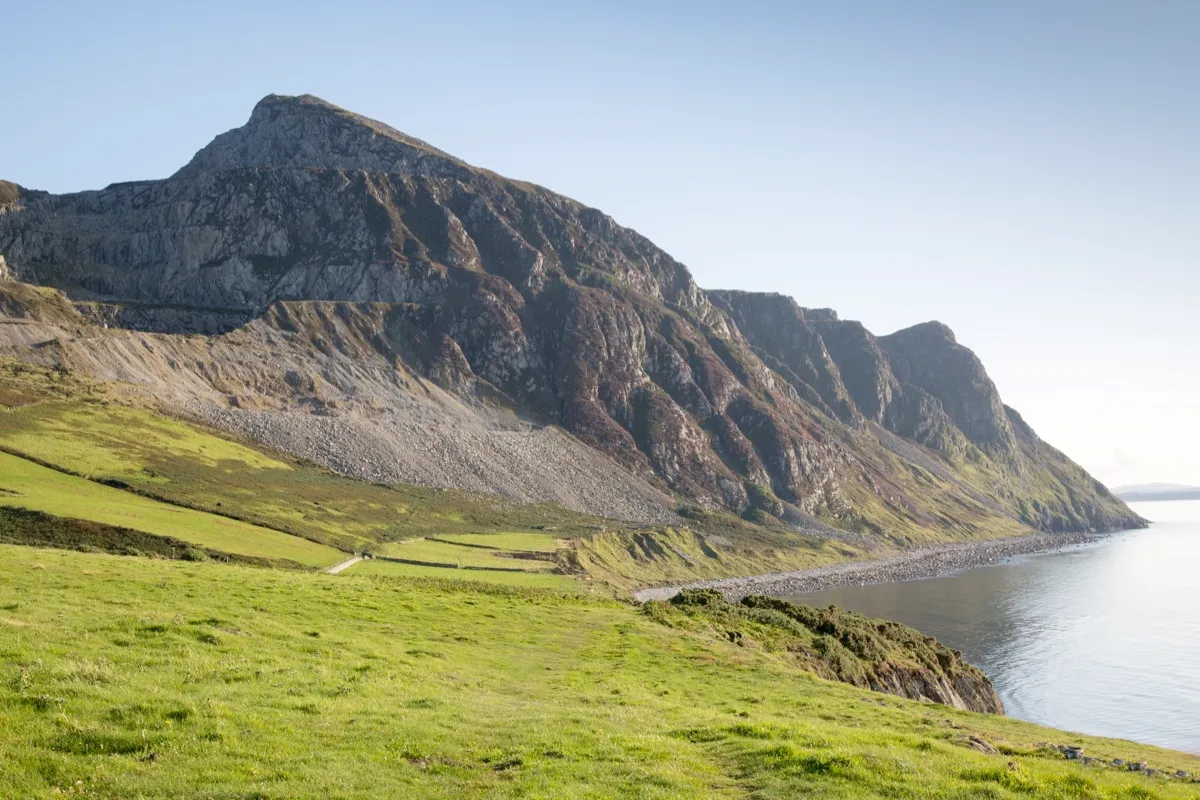
The people of this tiny small settlement on North Wales’ Llyn Peninsula are fortunate. High granite hills protect an enclave of green pastures that roll down to the sea. There is woodland, and useful limestone nearby. The sea provides fish, and allows water-borne foraging trips.
Defensibility is impressive. A wall of six craggy peaks protects the farmland, and in the event of attack from land or water, defenders could retreat to the most seaward of these hills, where a formidable ruined quarry complex would serve as a fortress.
Knoydart, Highland
From: Edinburgh 170 miles, Inverness 70
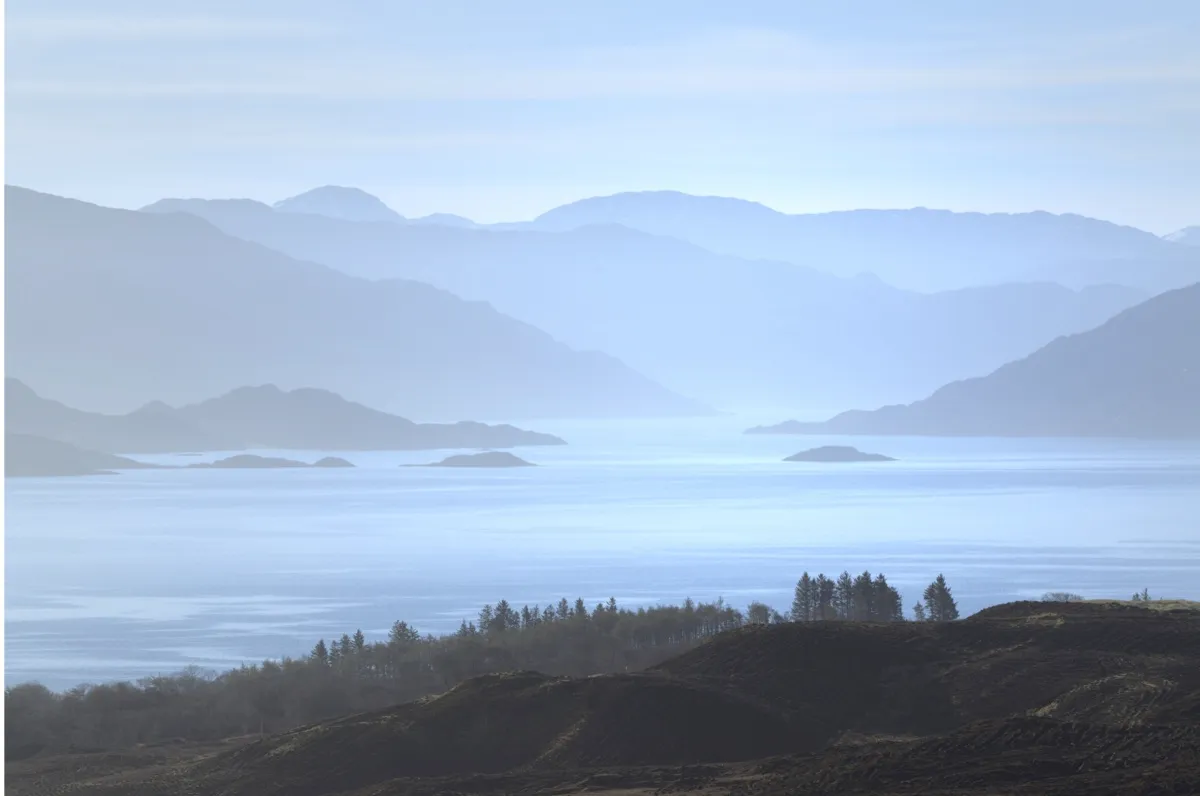
Getting to one of the most remote places in Britain wouldn’t be easy as even today it’s a long journey from my home city of Edinburgh, culminating in a choice between a ferry across Loch Nevis or an 18km hike through some wild terrain. But prior to the 19
Highland Clearances, 1,000 people lived off the land here, compared to about 100 today. With an existing off-grid hydroelectric scheme, plentiful forests, good fishing and established venison farming, I know a crofting way of life could support a thriving community – we’d just have to keep lookout over the loch in case too many others had similar ideas.
• Prep and survive: Make friends and learn about the way of life on a visit to Knoydart.
Norman’s Law, Fife
From: Dundee 15 miles, Edinburgh 45
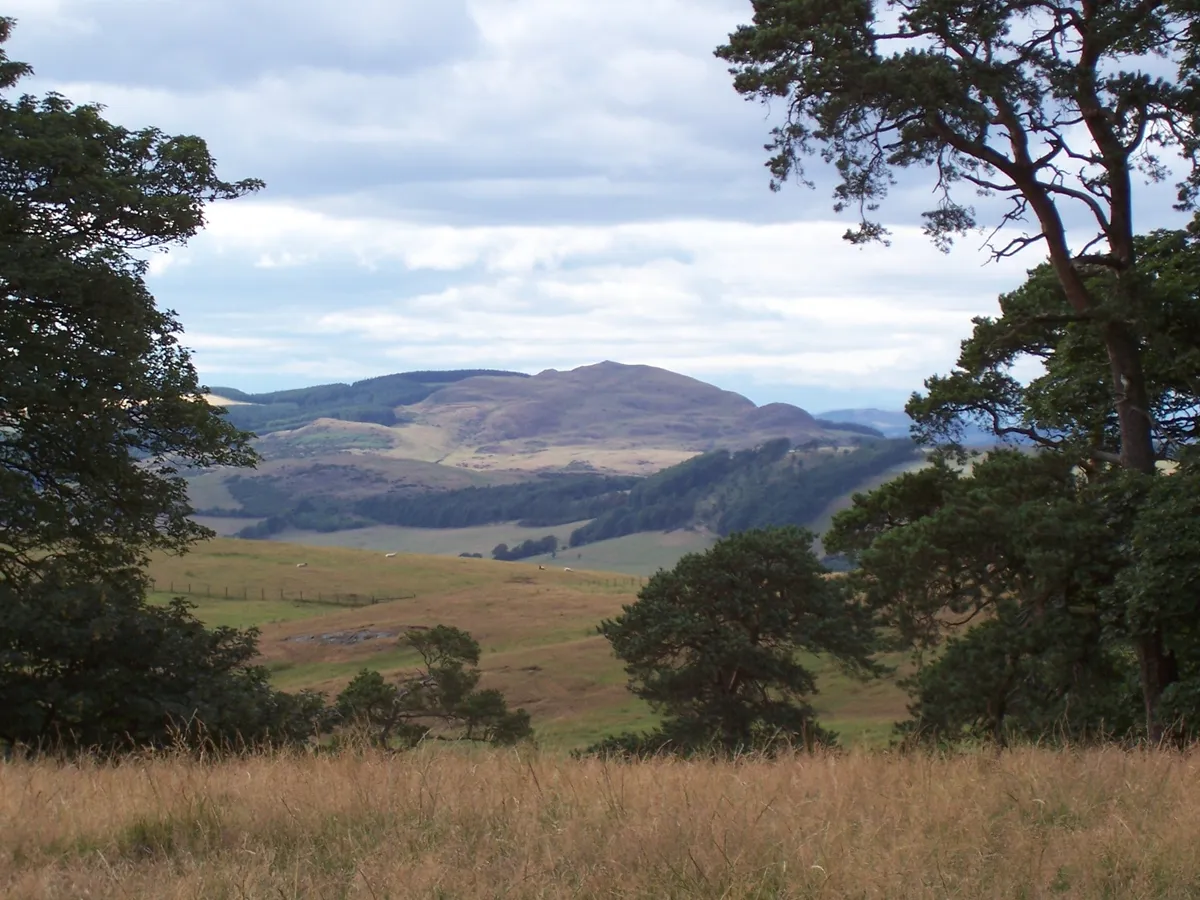
Whenever the news is too terrible to bear I joke that I’m glad I grow my own food. Faced with an apocalypse, any other consideration is secondary. Hence, should the worst happen, I would most likely stick to my own quiet corner of North East Fife.
The land is a fertile mix of arable and upland grazing, with plentiful forestry for firewood. The Tay Estuary and North Sea provide essential fish and travel. It’s close enough to flee to from the city, and should attack come, then the Iron Age hill fort at the summit of Norman’s Law is easily defensible.
Dyfi Valley, Snowdonia
From: Liverpool 80 miles, Birmingham 100
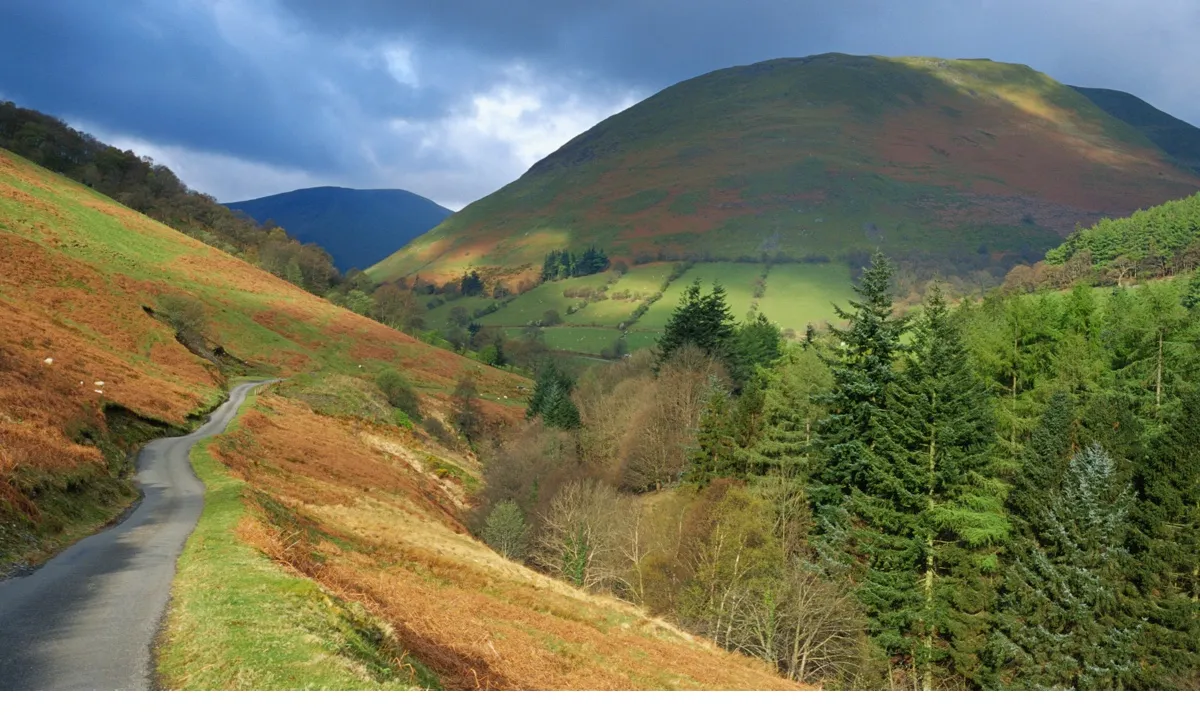
The mountain-defended, forestry-clad Dyfi Valley, with its estuarine river and saltmarsh, is perfect for fishing, hunting and foraging. The self-sufficiency settlers who came here from the 1970s enriched an already hardy hill-farming community with experts in natural water treatment, renewable energy, eco-construction, organic agriculture, folk-craft, bush-craft, resilience, alternative economics and natural medicine. It might be hopelessly idealistic, but invaders to the valley would be welcomed – and trained. If a defensible base was needed, Cwm Cywarch would be a good choice. This valley is protected by steep ridges on three sides. There is farmland, and nearby forest.
Steep Holm, Bristol Channel
From: Cardiff 9 miles (by sea), Bristol 37
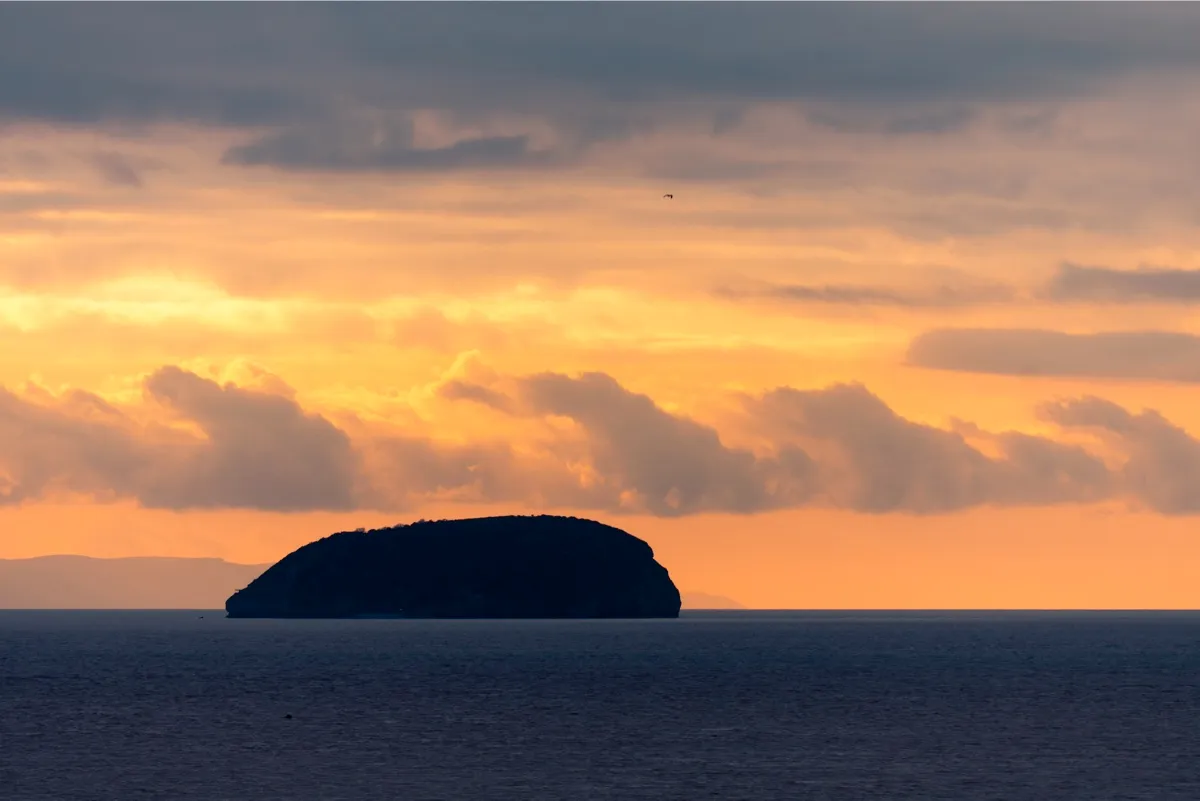
Sharing a friend’s boat, I’d head for this island nature reserve. It’s a comforting five nautical miles from Weston-super-Mare (and whatever contagions ravage the mainland), inaccessible to those without a decent sea-going vessel, and uninhabited. The 50-acre isle is easily defended: its steep sides rise for 250ft, the tides are some of the most extreme on Earth, and landings are only possible in calm seas at high tide. There are habitable buildings, caves to hide in, plentiful trees, and all kinds of useful paraphernalia left from 19th and 20th-century fortifications. Best of all, the whole island is made of useful limestone.
• Prep and survive: Visit Steep Holm to scope out your options.
Arnside & Silverdale, Cumbria
From: Manchester 66 miles, Leeds 71 miles
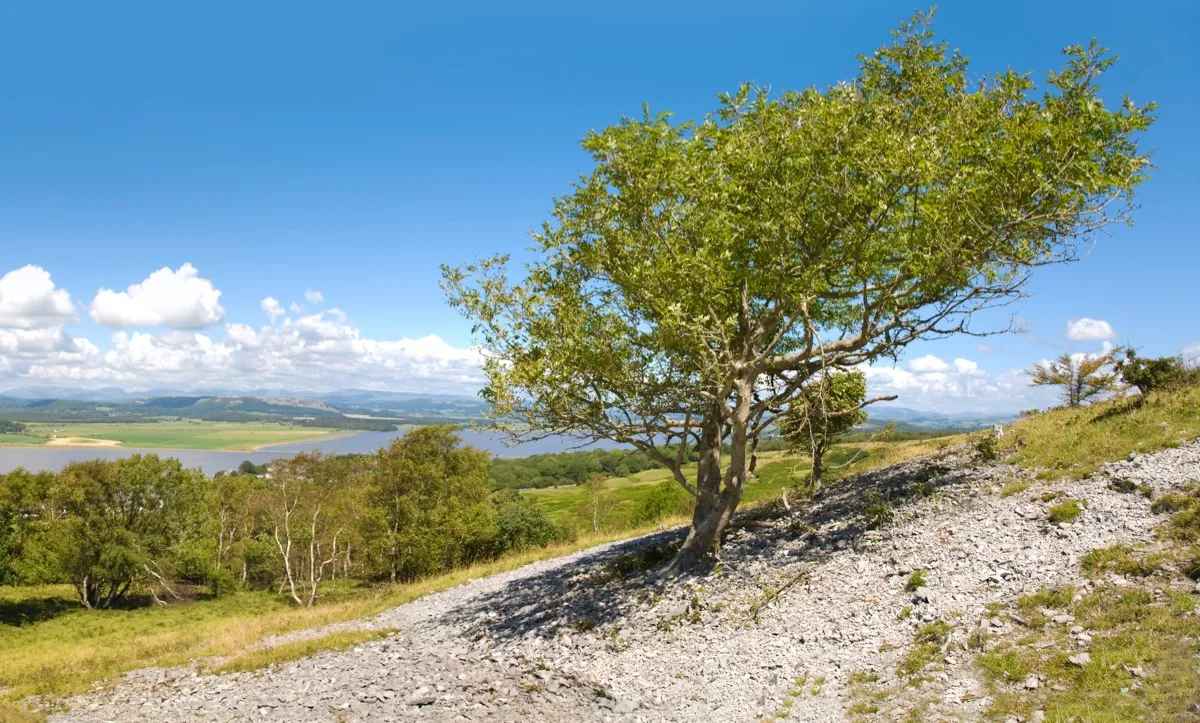
Were my local pub fortress to prove unviable, I’d direct my motley cohort to Morecambe Bay at Arnside & Silverdale. With a protective garland of fringing freshwater marsh and sands, the area’s modest limestone knolls are a survivalist’s Eden. Here be reedbeds, coast and woods for fowl, fish and venison; caves for shelter; water sources; reeds for thatch (and to hide in!); trees for structures, charcoal, snares and vessels; iron ore for implements; defendable hilltops with immense 360-degree views and fertile soils on glacial till. Heft a few sturdy Herdwicks to the sweet limestone pastures and a life of Reilly beckons. Heave another bittern onto the BBQ, someone…